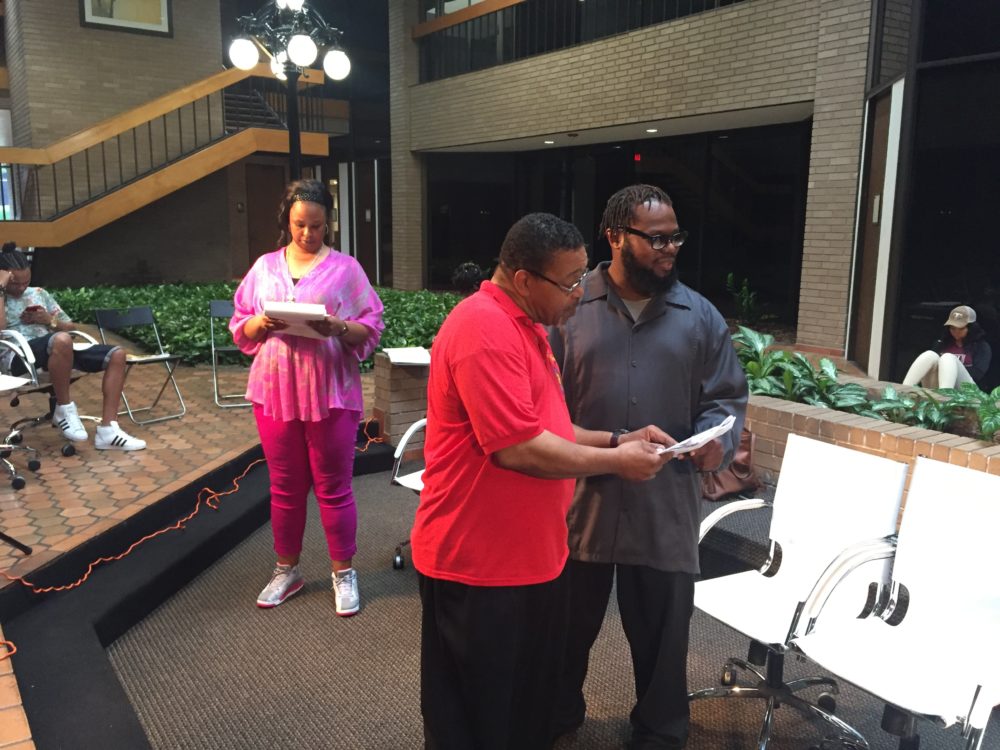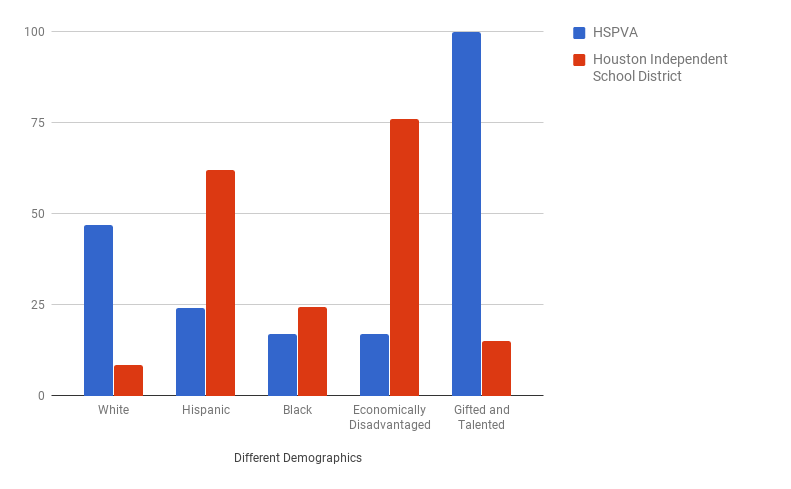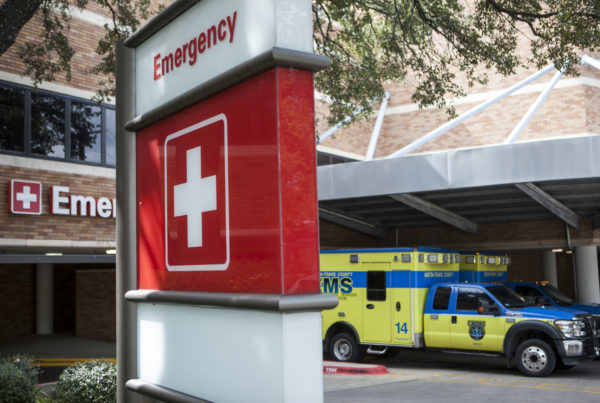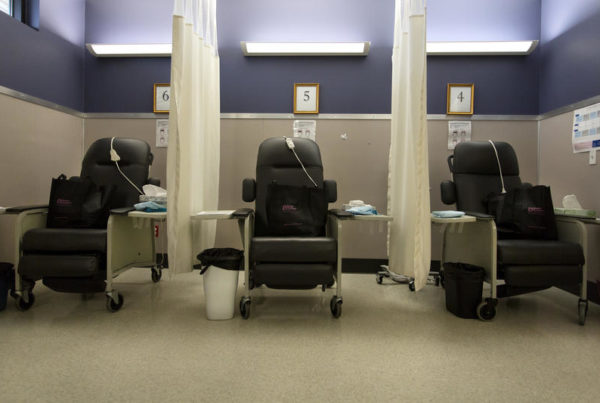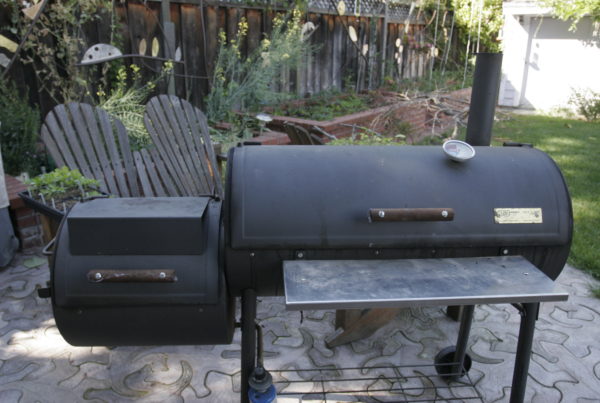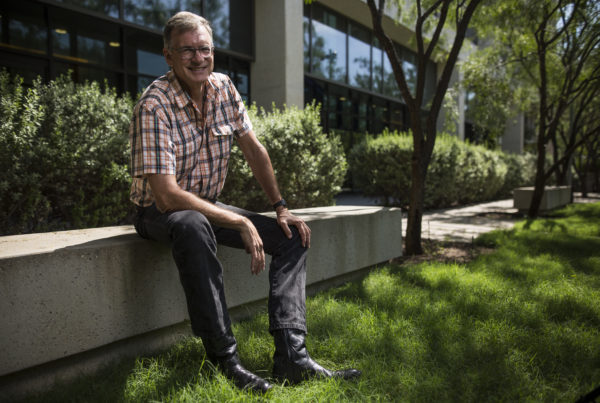In the atrium of an office building in North Houston, Willie Alston Jr. recently set up rehearsal for his community theater group.
He launched into the play’s theme song, the “Sinister Minister,” along with the rest of the cast. Alston is not only an actor, but also stage manager, director and playwright.
He credits his work as an artist today in large part to his experience at Houston’s High School for the Performing and Visual Arts, known as HSPVA. What’s more, he said that the school kept him from dropping out.
“That’s the kind of experience I wish I could do over and over and over again,” Alston says.
But if Alston tried to go back to HSPVA today, it would be much tougher to get in.
When he attended in the 1970s, integration and diversity were top goals at the school.
But in 1997, the Houston school board dropped diversity guidelines for magnet schools. Now the premier fine arts magnet has a very different demographic profile than the district overall. In Houston schools, roughly eight out of every ten students are low-income and brown or black. At HSPVA, almost half the students are white, and just 15 percent low-income.
In fact, Houston Public Media analyzed data obtained from HISD and found that the top three ZIP codes that send students to HSPVA are mostly white, affluent areas, like Meyerland, Montrose and near West University. Other parts of town, like the poor, black neighborhood around Kashmere High, send no students to HSPVA.
That’s very different from the original mission, according to former Houston schools superintendent Billy Reagan. He took over the district when many considered it the largest segregated school system in the country. It faced a federal order to integrate.
“You had black schools, black teachers, white schools, white teachers,” Reagan said in an interview. “But the black schools did not have the financial support. They were inferior. So it was truly a major system of segregation and equity. And so we went about dealing with it.”
Reagan decided to stop forced busing, which he said wasn’t working. He wanted to experiment with a different kind of school, where kids could pursue their passion. They called them “magnet schools.”
“And we went throughout the whole district working with communities and they chose from a list of magnets that they felt would appeal to their communities and bring students of different races to their schools,” he said.
Reagan, who is white and grew up on a sharecropping farm in East Texas, said that kids had to audition to get a spot at the fine arts school
“But with a strong emphasis that we must have a highly integrated school,” he said.


